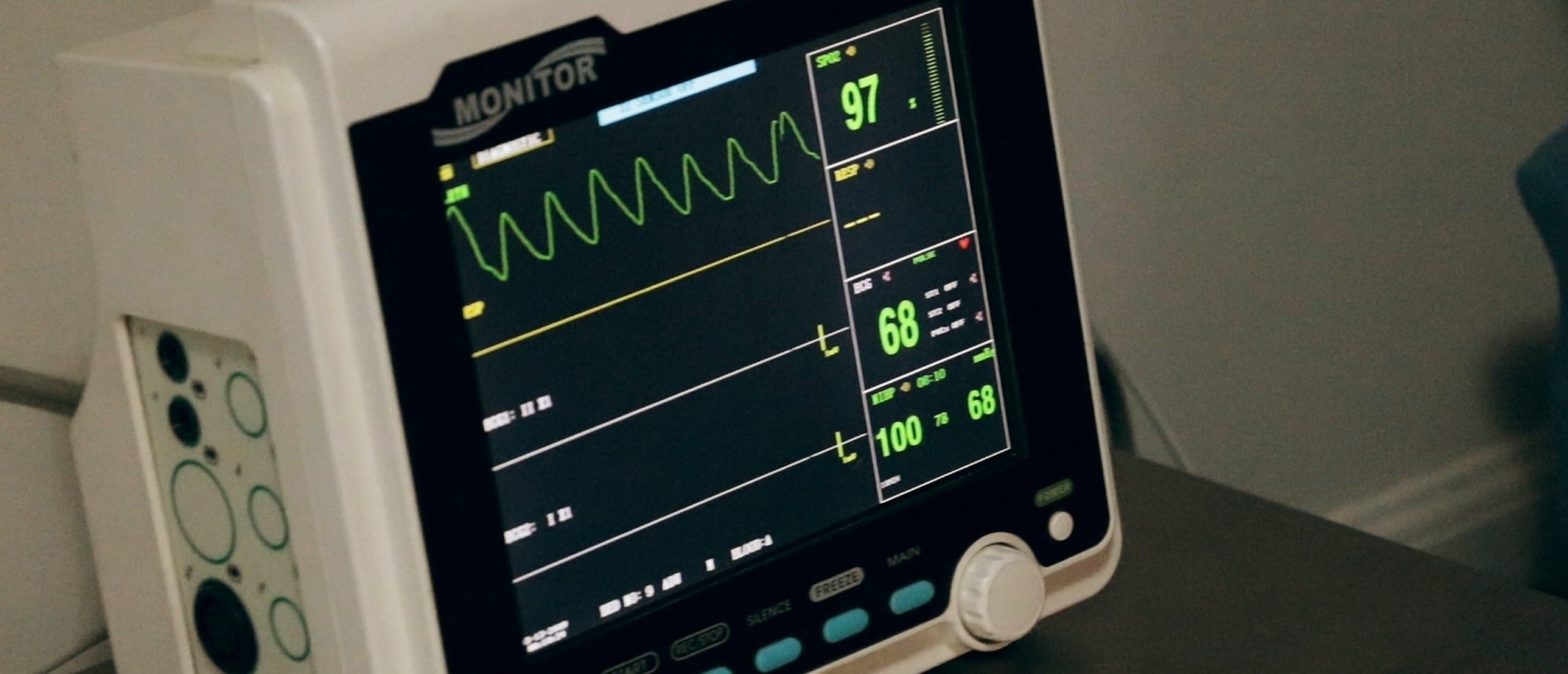
Stress is an inevitable part of modern work life. But how we respond to it can make the difference between burnout and well-being. This is where resilience at work comes in — not as a trait you either have or don’t, but as a set of psychological and physiological capacities that can be developed over time.
In this article, we’ll explore what resilience really means in a professional context, the science behind how it protects us from stress, and which everyday habits support it — backed by research, not just pop psychology. You can also refer to our earlier article about stress resilience in broader terms.
What Is Resilience at Work?
Resilience at work refers to the ability to remain psychologically flexible and recover quickly after stress, setbacks, or change. It doesn't mean you don’t feel pressure or adversity — it means you're less likely to be overwhelmed by it, and more likely to bounce back efficiently.
Biologically, resilience is linked to how your stress-response systems — especially the hypothalamic-pituitary-adrenal (HPA) axis — respond to and recover from stress. Rather than simply producing less cortisol, resilient individuals tend to show more adaptive HPA axis regulation: faster cortisol recovery, less exaggerated responses to non-threatening stimuli, and better alignment with the actual demands of the situation.
This flexible regulation helps protect the brain and body from the wear and tear of prolonged stress exposure.
Why Small Habits Matter More Than Big Overhauls
Resilience isn't something you acquire through a one-time seminar or a single lifestyle change. Rather, it's the cumulative result of daily behaviors that reduce allostatic load — the “wear and tear” on the body caused by repeated stress.
Consistent small actions — like regular breathwork, short walking breaks, or setting daily intentions — can support the body’s autonomic balance, reducing overactivation of the sympathetic nervous system. Psychologically, these habits increase perceived control, which is a powerful buffer against stress.
From a neuroscience perspective, repeated exposure to calming routines is more effective than intense, occasional efforts for reshaping stress-response circuits. This is because neuroplasticity depends on consistency and reinforcement over time, not on one-off interventions.
7 Evidence-Based Habits to Build Resilience at Work
Here are seven habits that are simple to adopt and scientifically supported to enhance stress resilience:
1. Start the Day with Intention
The first moments of your workday set the tone for everything that follows. Many people begin by opening their inbox — but this often means jumping straight into other people’s priorities, not your own. This reactive start can immediately increase cognitive load and create a sense of being behind or out of control.
Instead, start with a minute of intentional reflection. Ask yourself:
“What matters most today?”
This simple habit helps align your attention with your goals, not just the incoming noise. It reduces anticipatory stress, clarifies your sense of purpose, and promotes executive functioning — particularly in the prefrontal cortex of the brain, which is responsible for goal setting and focus.
Even a 60-second check-in can shift your brain out of survival mode and into strategic mode — a subtle but powerful form of stress protection.
2. Take Micro-Breaks Every 90 Minutes
Your brain's attention system works in cycles of about 90–120 minutes. Regular short breaks — especially ones involving movement or shifting focus — help prevent mental fatigue and restore your executive functions.
Research shows micro-breaks can reduce cortisol and improve performance, even when they’re under 5 minutes.
3. Use Breathwork to Reset After Stress
Slow, controlled breathing stimulates the parasympathetic nervous system, helping deactivate your stress response. Even one minute of 4-7-8 or box breathing after a tense meeting can restore physiological calm.
Breath-based interventions are shown to lower blood pressure, reduce the activity of the sympathetic nervous system and hence adrenaline production, downplay amygdala activity, and enhance emotional control.
4. Strengthen Social Micro-Connections
Social support is one of the most potent stress buffers. Even brief interactions — a joke with a colleague, a quick thank-you — can release oxytocin, which counteracts cortisol and promotes trust and calm.
Employees who work remotely or without regular supervision — such as teleworkers, freelancers, or self-employed professionals — may be particularly at risk of professional isolation. These individuals often report higher levels of stress and lower engagement if they lack intentional social contact. Regularly reaching out to peers, joining professional communities, or scheduling virtual check-ins can help restore a sense of connection and belonging.
5. Move Your Body Daily
Even modest physical activity increases brain-derived neurotrophic factor (BDNF), supporting emotional resilience and cognitive flexibility. A walk during lunch, a few flights of stairs, or stretching can reset your system.
Habitual movement is associated with lower baseline inflammation and better mood regulation.
6. Set Boundaries Around Availability
Perceived lack of control is a key stressor. Setting clear boundaries around your availability — especially in the digital workspace — restores a sense of autonomy and reduces chronic stress.
Employees with clear “offline” periods report higher engagement and lower emotional exhaustion.
7. Reflect on Meaning or Personal Growth Weekly
People who see purpose in their work are more resilient. Weekly reflection on your contributions, personal growth, or long-term goals enhances psychological coherence — a protective factor in adversity.
Try journaling or a 5-minute review each Friday: “What did I do this week that felt meaningful?”
What the Research Shows
Scientific studies have consistently linked resilience to a wide range of protective outcomes at work: better performance under pressure, lower risk of burnout, and even improved physical health.
- A meta-analysis by Robertson et al. (2015) found that resilience-training interventions led to significant improvements in well-being and stress outcomes.
- Studies in occupational health psychology confirm that small daily recovery experiences — such as breaks, social interactions, and reflective practices — build resilience more reliably than motivational trainings alone.
The conclusion? Resilience is not about being superhuman. It’s about human routines that help you recover and adapt.
Resilience Is Trainable
If workplace stress is a constant — and for many people, it is — then building resilience becomes a necessary long-term strategy. The good news is that resilience isn’t a mysterious trait. It’s a skillset. And like all skills, it improves with practice.
Start with just one or two of these habits. Observe what changes. Then build from there.
Next step:
Once you start applying these habits, you’ll notice how small actions can shift your entire stress response.
To keep that momentum going, download our free guide, Overwhelmed at Work. It walks you through five simple, science-based micro-actions that help you regain control and prevent stress from becoming chronic.











